Text—Juliette Leblanc
Feature photo—Johnny Barrington
All across Scotland you’ll find simple shelters that look as if they’ve always been part of the windswept landscape, like they sprang up from the earth itself. They are the bothies, traditional mountain shelters that anyone travelling through the Scottish wilderness can stay in for free. A bothy may be a hut, cottage, or abandoned farmhouse, and generally lacks basic amenities like running water and electricity. They cannot be found on any map.
Inspired by this Scottish tradition, artist Bobby Niven and architect Iain MacLeod established the Bothy Project, now a registered charity.

Niven and MacLeod wanted to give artists simple but interesting off-grid buildings to stay in, shelters that would heighten feelings of connectedness with the natural environment.
They built their first bothy in 2011 on Inshriach Estate in Cairngorms National Park, thanks to support from the Royal Scottish Academy Residencies for Scotland program.
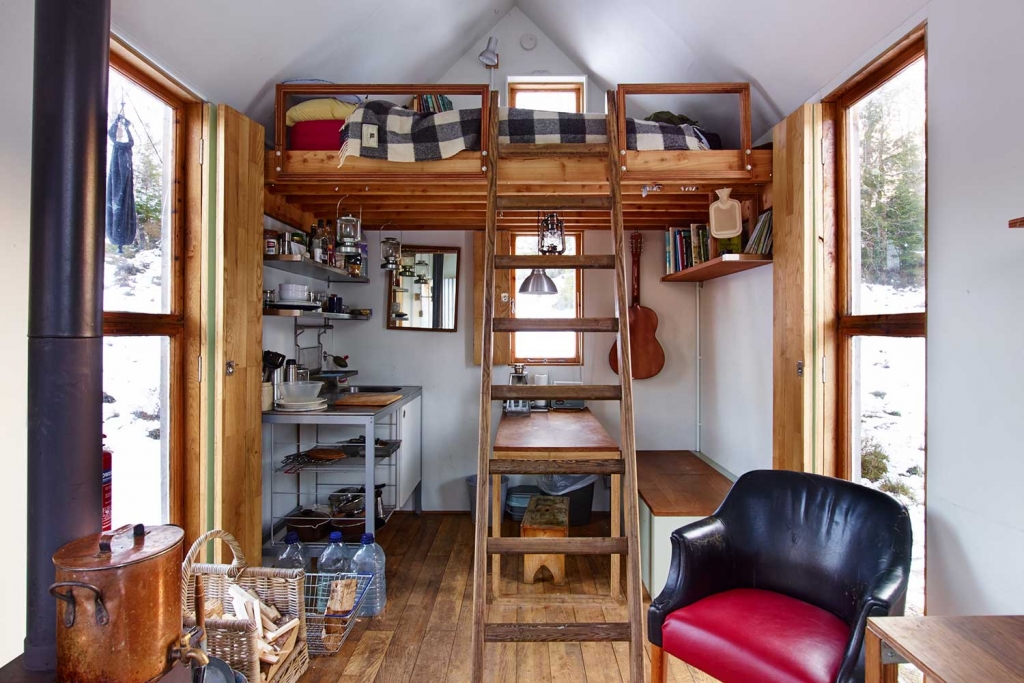
Since then the Bothy Project has been working with artists, designers, and architects to develop new bothies. Cleverly designed, their structures reflect both a childlike conception of a house and the vernacular architecture of the remote Scottish wilderness. The beauty of their project lies in its humility: their unimposing bothies can easily integrate into all sorts of landscapes, from peat bogs to woodlands. Solar panels supply energy for a light source, radio, and flashlight. Outside, you’ll find a composting toilet and open-air shower heated by a wood stove.
The Bothy Project offers a slower, more contemplative pace of life, allowing residents to practise their art away from the stresses of modern society.
Each one of their bothies has its own character. “Sweeney’s Bothy,” for instance, was designed in collaboration with artist Alec Finlay and built in 2013 on the rugged landscape of the Isle of Eigg. Its name evokes the legend of Sweeney (Shuibhne), a seventh-century Gaelic king. As the story goes, the cursed king had to survive in the wilderness for years, sleeping atop an ivy-covered hawthorn. The legend suffuses the interior of the bothy — a thorn-shaped structure supports the bed — and is also manifested in the bothy’s intimate relationship with the external environment.
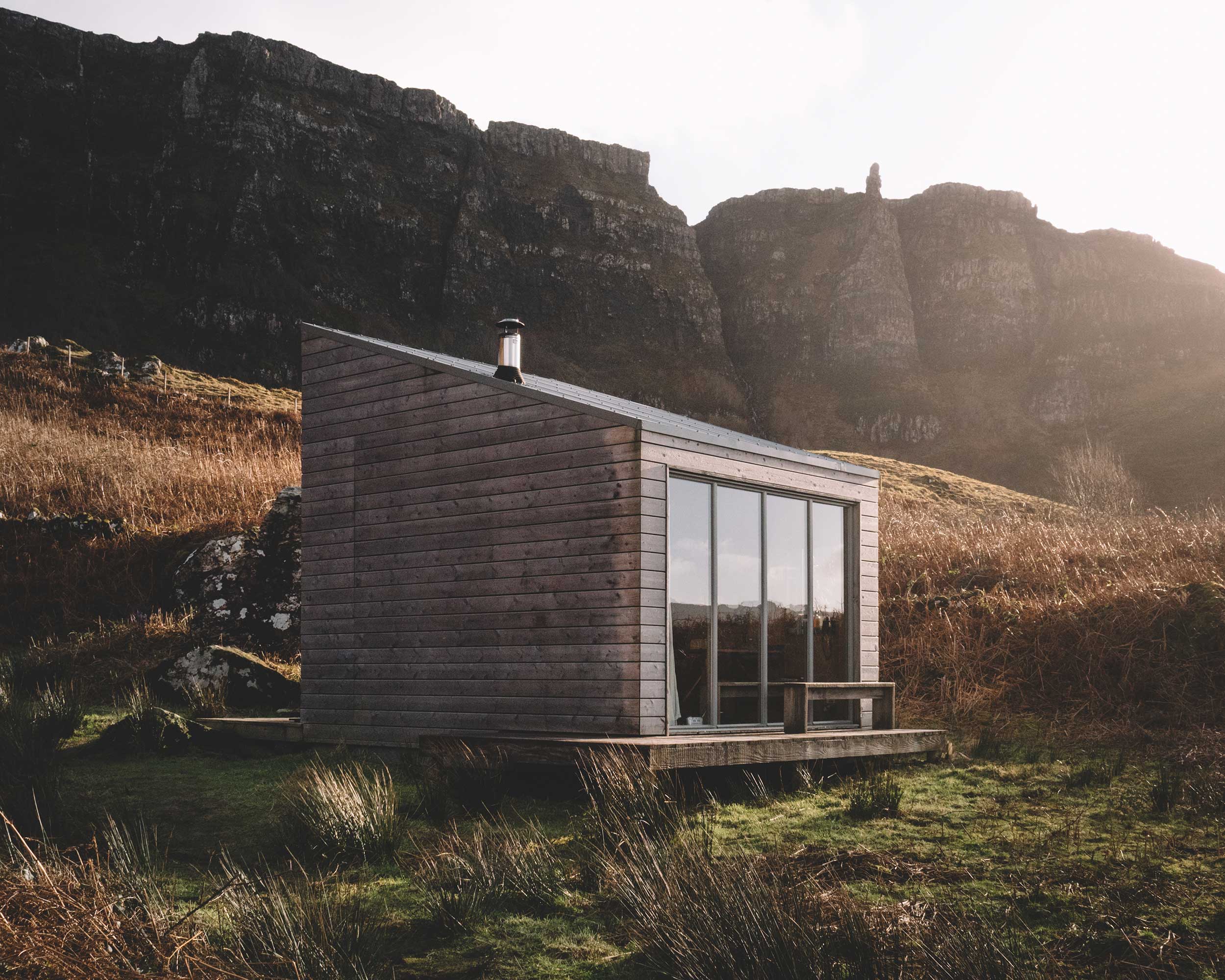
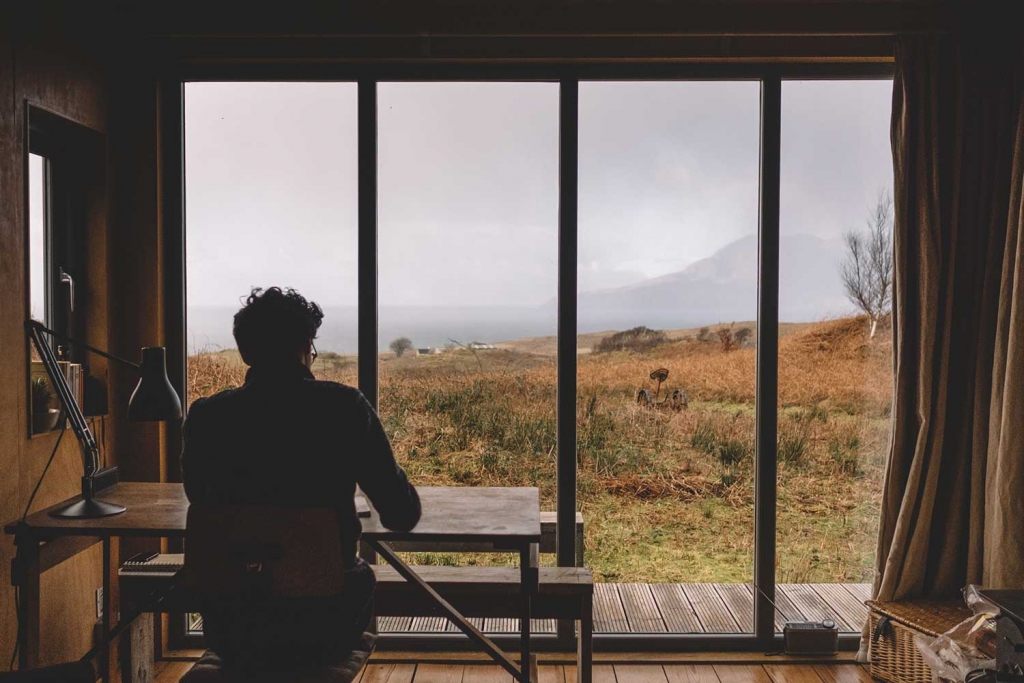
Pig Rock, another Bothy Project mini-masterpiece, presides over a corner of the lawn of the Scottish National Gallery of Modern Art in Edinburgh. Initially, the Pig Rock Bothy was supposed to be a temporary venue for a contemporary art program, after which it was to be relocated to the wilderness. But seeing its popularity with visitors, curators, and artists, the gallery opted to make the bothy a permanent fixture. Designed by Iain MacLeod and Bobby Niven, in collaboration with Douglas Flett Architects, it distinguishes itself through a playful twist on its simple vernacular form: the bothy looks as if it’s tilting in the wind, a nod to the windswept landscape of Assynt, where it was originally destined to be moved. The wooden frame has been fitted with a translucent polycarbonate skin, allowing natural light to filter through during the day and causing the bothy to glow like a beacon at night, when its interior lighting is turned on.
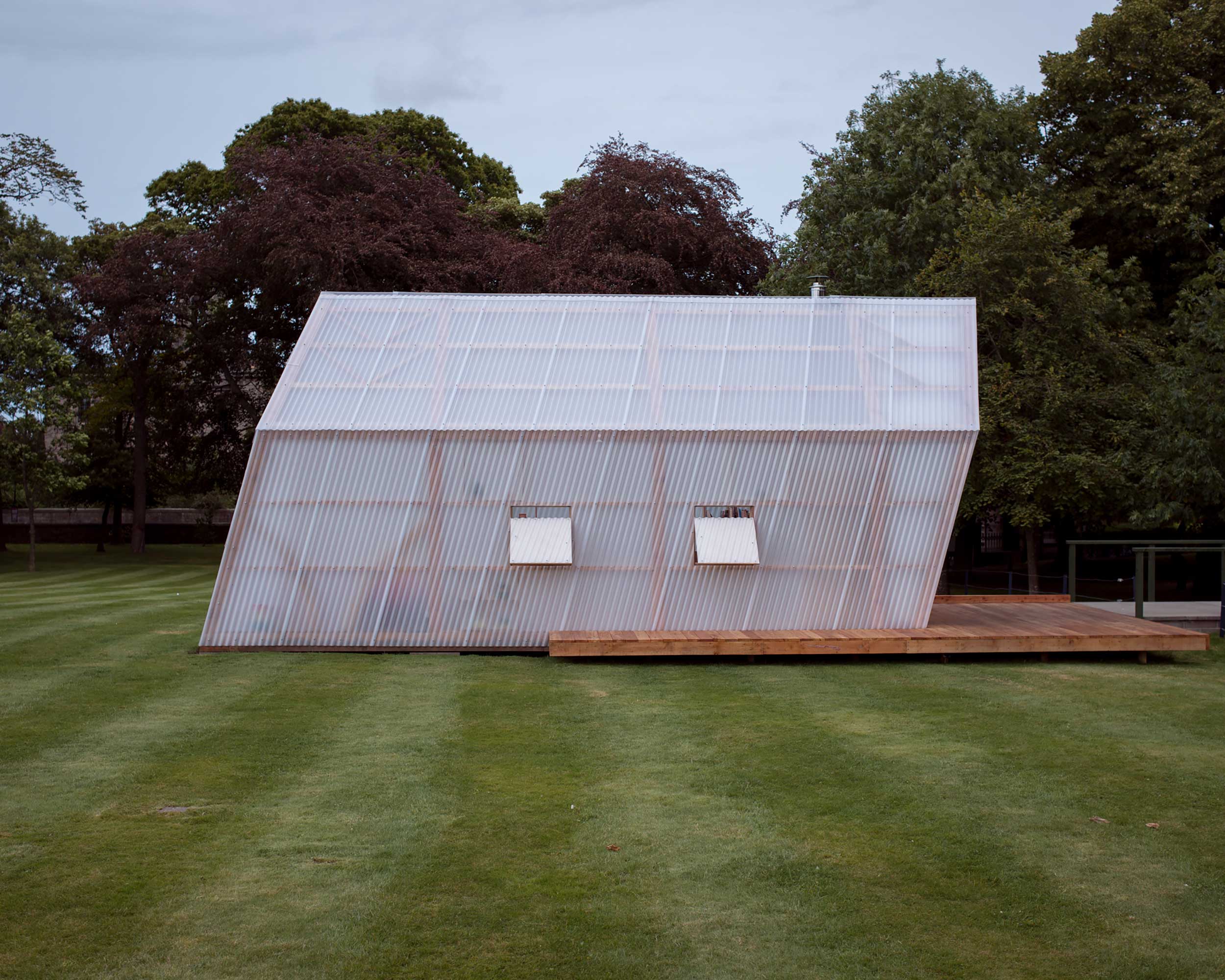
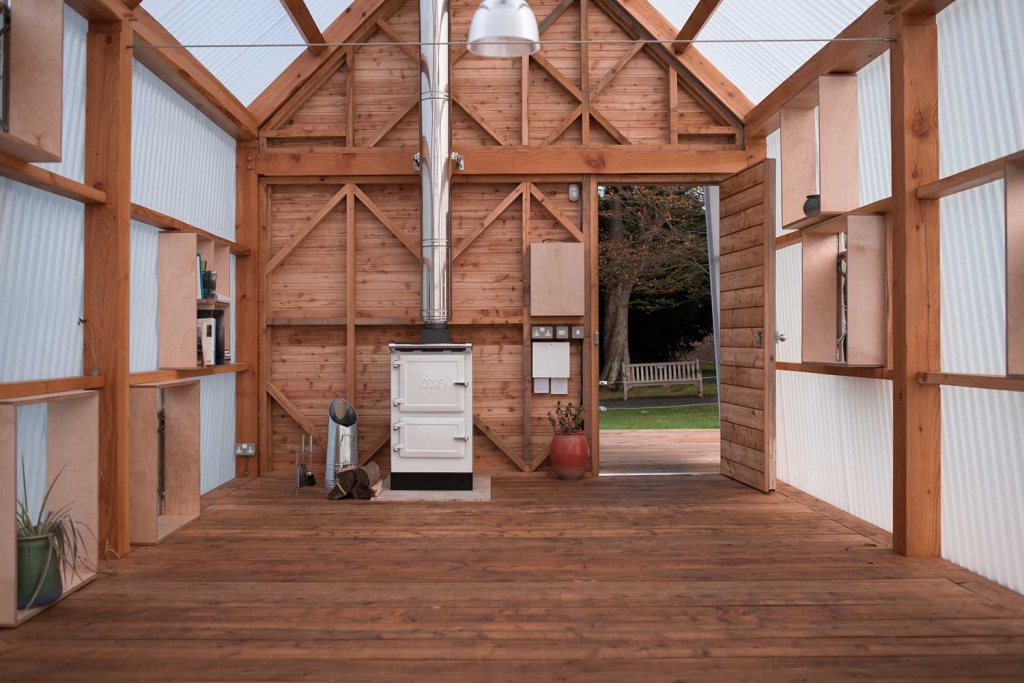
The Bothy Project recently made their architectural gems available for purchase. The “Artist Bothy” is a prefabricated building made of durable and sustainably sourced Scottish materials, which can be quickly assembled anywhere. Thanks to this initiative, bothies are now available to a wider audience — even beyond Scotland. The profits from bothy sales are fed directly back into the program, funding the Bothy Project’s artist residencies — creating a full circle of shelter and creative inspiration.
Never Miss Another Issue
Two issues per year
25% OFF previous issues
Free Shipping in Canada